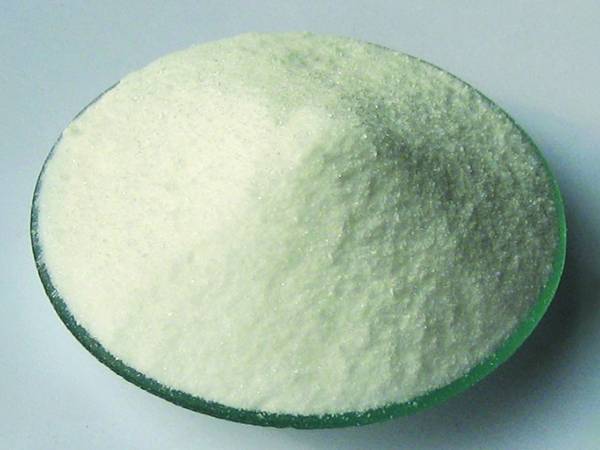



srcl2 flame color
The Colorful Chemistry of SrCl2 A Flame Test Exploration
The world of chemistry is filled with fascinating phenomena, one of which is the distinctive display of colors emitted by various compounds when exposed to the heat of a flame. Strontium chloride, or SrCl2, is a classic example of this phenomenon and serves as an excellent illustration of how different metal salts can produce unique flame colors, making them valuable in both educational settings and pyrotechnics.
The Colorful Chemistry of SrCl2 A Flame Test Exploration
The science behind this colorful display lies in the electron transitions that occur in the strontium atoms when heated. As the flame's heat energy excites the electrons in the strontium ions, these electrons move to higher energy levels. When they fall back to their original levels, they release energy in the form of light. The wavelength of this emitted light corresponds to the specific energy difference between the two levels, and this wavelength determines the color we see. For strontium, the emitted light falls within the red region of the visible spectrum, resulting in its characteristic flame color.
srcl2 flame color

Beyond its striking appearance, strontium chloride belongs to a broader category of metal salts that are utilized in various applications. One of the most popular uses of strontium salts, including SrCl2, is in the production of fireworks. The vibrant red bursts that light up the night sky owe their brilliance to the inclusion of strontium compounds, which not only provide color but also enhance the visual appeal of pyrotechnic displays. This practice showcases the intersection of chemistry and art, where science helps to create captivating experiences that bring joy to audiences.
Moreover, the flame test using strontium chloride is not just limited to professional labs or pyrotechnic companies. It is also a common experiment in educational settings, providing students with a hands-on approach to understanding chemical properties and atomic behavior. By observing the flame color produced by different metal salts, students can gain insights into the elemental composition of substances, fostering a deeper appreciation for the intricacies of chemistry. These experiments can ignite curiosity and inspire future generations of scientists, encouraging them to explore the depths of the chemical world.
While strontium chloride is celebrated for its vivid red flame, it is essential to remember that safety is paramount during such experiments. The handling of chemicals must always be approached with caution, using appropriate safety gear and conducting experiments in well-ventilated areas or under a fume hood when necessary. Understanding the proper procedures ensures that the magical colors we observe do not come at the expense of safety.
In conclusion, the flame test with SrCl2 offers a striking example of how chemistry can produce visually stunning effects. The red flame produced by strontium chloride not only serves as an identifier for this metal ion but also reflects the broader applications of such compounds in industries like fireworks manufacturing. As we continue to explore the fascinating relationship between chemistry and the colors we perceive, strontium chloride stands out as a vivid testament to the beauty and complexity inherent in the world of science. Whether in a classroom or a fireworks show, the captivating colors sourced from these interactions remind us of the incredible wonders that lie within the realm of chemical elements and their compounds.
-
Why Sodium Persulfate Is Everywhere NowNewsJul.07,2025
-
Why Polyacrylamide Is in High DemandNewsJul.07,2025
-
Understanding Paint Chemicals and Their ApplicationsNewsJul.07,2025
-
Smart Use Of Mining ChemicalsNewsJul.07,2025
-
Practical Uses of Potassium MonopersulfateNewsJul.07,2025
-
Agrochemicals In Real FarmingNewsJul.07,2025
-
Sodium Chlorite Hot UsesNewsJul.01,2025










